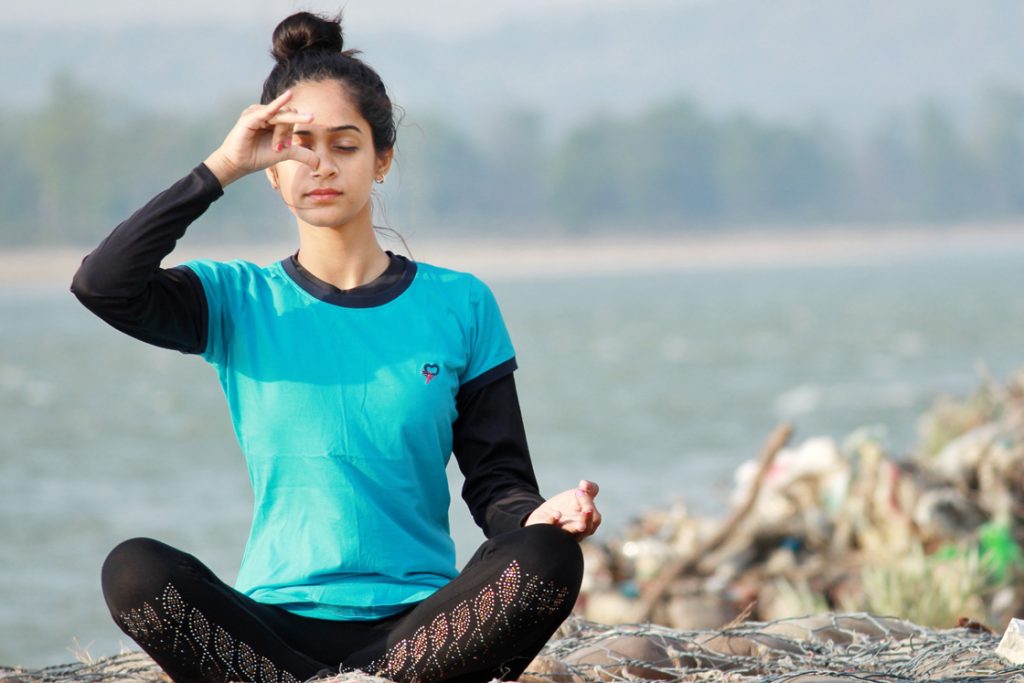
What is Pranayama?
Pranayama is one of the main components of yoga which includes various breathing techniques.
In pranayama practice, we inhale, exhale and hold our breath in different styles and lengths purposely. But wait, that’s not all…
There is the correct way of breathing in yoga: one must practice syncing physical postures (or asanas) with breath movements. Knowing when to inhale and when to exhale is imperative to reap pranayama yoga benefits.
Pranayama can reliably produce benefits for the body and brain. It brings clarity of mind, increases lung capacity, reduces stress and anxiety, and strengthens willpower and inner and outer health. The aim of pranayama is to increase the oxygen intake of the body. It strengthens the connection between body and mind which improve physical, mental and emotional well-being.
There are various types of pranayama which comprise both deep and fast breathing exercises. While doing deep breathing, heart rate slows down which in turn calms the mind. Whereas fast breathing detoxifies the body and revitalized cells.
Some popular pranayama types and their benefits are as follows:
- Nadi Shodhan or alternate nostril breathing activates the parasympathetic nervous system and balances the left and right hemispheres.
- Kapalbhati or skull shining breath increases the lung capacity and detoxifies the body.
- Bhastrika or bellows breathing increases gastric fire, which in turn, improves appetite and digestion.
- Sama Vritti or square breathing slow down the heart rate, increase oxygen to the brain, and reduce anxiety.
Defining our Terms
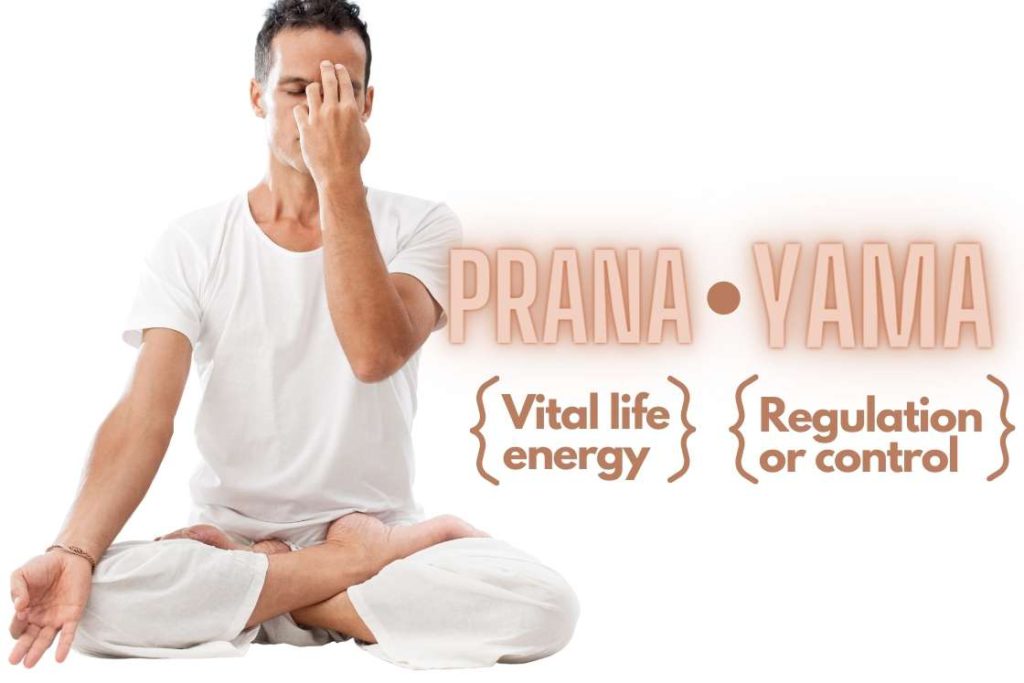
The term “Pranayama” comprises two common Sanskrit words of yoga “Prana” and “Ayama”. What is Prana? Prana is the life driving force behind all living beings, present in humans in the form of Vayu or winds. It regulates all physical functions, for example, the breath, the supply of oxygen, digestion, elimination and much more. And “Ayama” means to control or expand.
The five Prana Vayus and their functions we aim to regulate through pranayama are as follows:
- Prana – Responsible for inspiration and swallowing food
- Apana – Responsible for elimination, outward movement
- Samana – Responsible for assimilation
- Vyana – Responsible for metabolizing, speech, physical growth
- Udana – Responsible for circulation
When a beginner is taught breathing in a pranayama preparation session, it’s emphasized to regulate:
- Puraka – inhalation, generally done at beginning through the both or single nostrils
- Kumbhaka – retention through holding the breath outside and inside the body.
- Rechaka – exhalation can be done through the mouth and nose
Benefits of Pranayama (Yoga Breathing)
Pranayama is more than just controlled breathing; it’s a therapeutic practice backed by science. From improving lung health in asthma and post-TB patients to enhancing brain function, stress response, and digestion, pranayama activates the body’s natural healing systems. Below, we’ve outlined its most evidence-based benefits, supported by clinical research and yogic wisdom.
1. Increases lung capacity
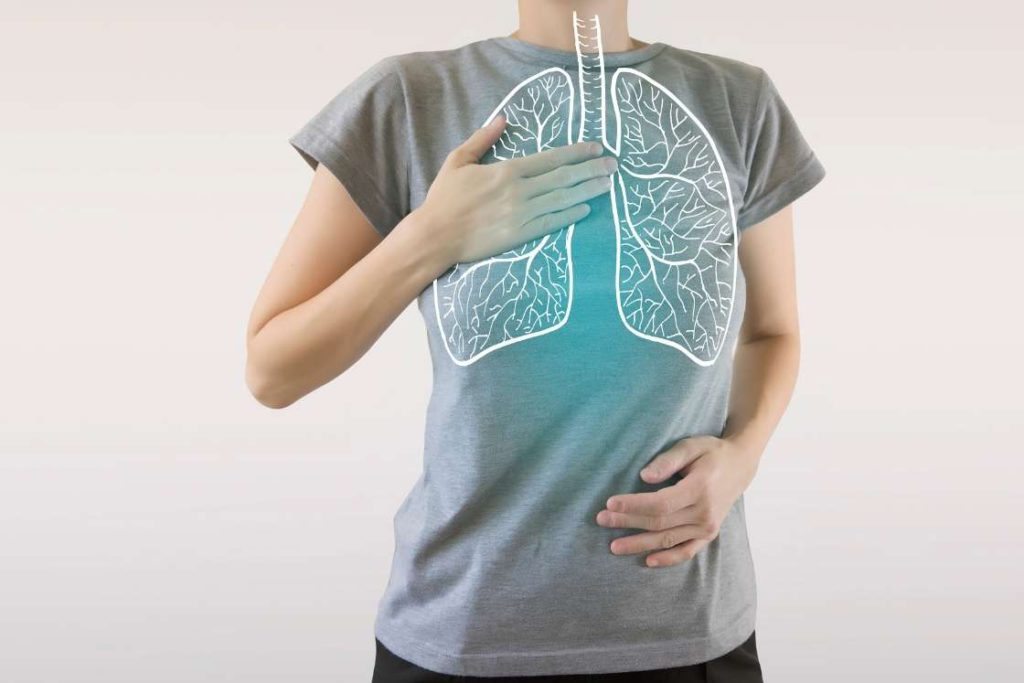
Pranayama has a direct impact on lung function by increasing chest wall expansion and strengthening respiratory muscles. Fast breathing techniques like Kapalbhati and Bhastrika enhance respiratory endurance by repeatedly expanding and contracting the lungs.
Studies from 2012 and 2014 show that regular pranayama practice improves breath-holding time, vital capacity, respiratory rate, and both inspiratory and expiratory pressures. This means the lungs are able to draw in more oxygen and release more carbon dioxide, making breathing more efficient.
Regular practice of Suryabhedana, Nadishuddhi, Bhramari, and Kapalbhati for just 5 to 7 minutes a day has shown notable benefits for people with:
- Asthma
- Allergic bronchitis
- Post-pneumonia and tuberculosis recovery
2. Act as a stress reliever
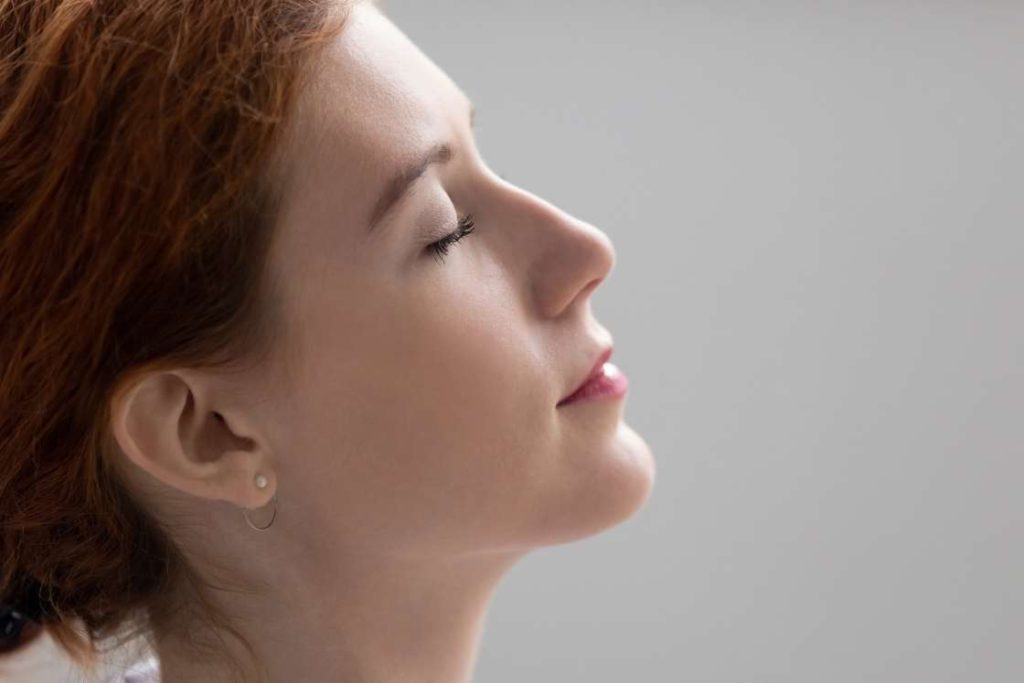
The way you breathe determines the stress response of your body.
Pranayama can help reduce stress to a great extent by altering irregular breathing patterns.
When we are under stress generally we take small breaths by raising the shoulders and collarbone, known as shallow or clavicular breathing. Practising deep or slow pranayama breathing brings the diaphragm into active use to move air in and out of the lungs.
While doing the deep pranayama breathing exercise of yoga, your sympathetic nervous system gets quiet – the part of the nervous system which induces a stress response, and therefore you feel less stress and anxiety in no time. Pranayama also enables more oxygen to flow into your body and brain which helps calm your nerves and improve vital organ functions.
When feeling anxious, you can try one of these 5 pranayama breathing exercises. It will cause your body to relax and release a sense of calm in your brain.
It has been shown in a 2013 study, both slow and fast pranayama breathing exercises are beneficial in reducing the perceived stress scale (PSS) in young healthcare students. Fast pranayama includes Kapalabhati, Bhastrika and Kukkriya pranayama whereas slow pranayamas are Nadishodhana, Pranava and Savitri pranayama.
Another 2013 study shows pranayama practice can help reduce anxiety and improve the performance of students in exams. The researchers discussed that pranayama practice supplies the body with enough oxygen that cleanses the carbon dioxide and other toxins. When this detoxification process takes place with breathing, we stop feeling anxious and are able to concentrate on the present moment.
3. Improves concentration
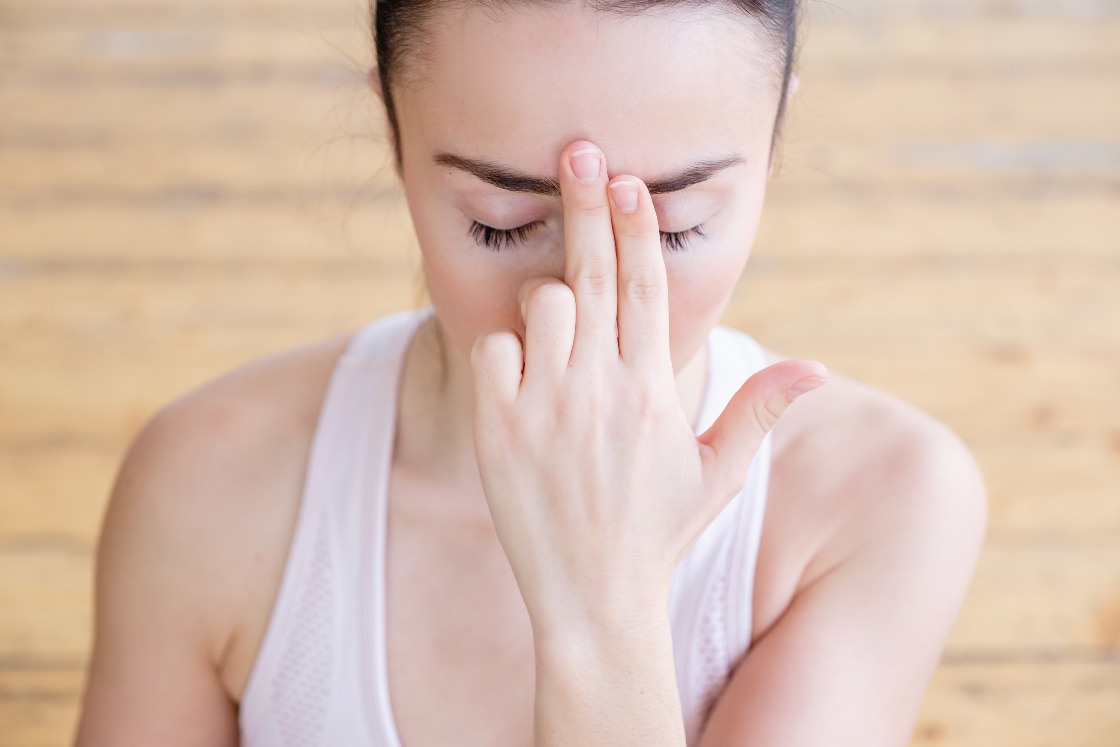
Slow down, and pay attention to your breath. You might have heard this phrase in many yoga sessions. This is said to synchronize the mind with breathing for better concentration.
Pranayama breathing is one of the excellent yoga exercises to increase concentration and sharpen memory. Its meditative approach of focusing on breathing in different styles and patterns conditions the mind to live in the present moment. It also increases mindfulness.
Practising pranayama stimulates the cerebral cortex and other main portions of the brain which play a key role in attention, awareness, thought, and consciousness. A 2017 study in the Journal of Neurophysiology shows that brain regions linked to emotion, attention, and body awareness are activated when we pay attention to our breath.
A 2014 study shows practising Nadi Shodhan pranayama can significantly improve concentration in young adults. Its reasons, as discussed in the study, are as follows:
- It clears the Nadis or, subtle energy channels, removing the impurities of the body
- It increases parasympathetic activity improving mental clarity, alertness and physical well being
- Nadi shodhan increase oxygen supply. Increased oxygen oxidizes waste impurities which means less need for the breath and a more calm mind.
According to a 2013 study in the International Journal of Healthcare & Biomedical Research, 12 weeks of pranayama training has significantly improved the concentration power in young adults in terms of reaction time. Pranayama practice reduced audio-visual reaction time which implies increased processing capability of central nervous system and better concentration.
4. Boosts immune system
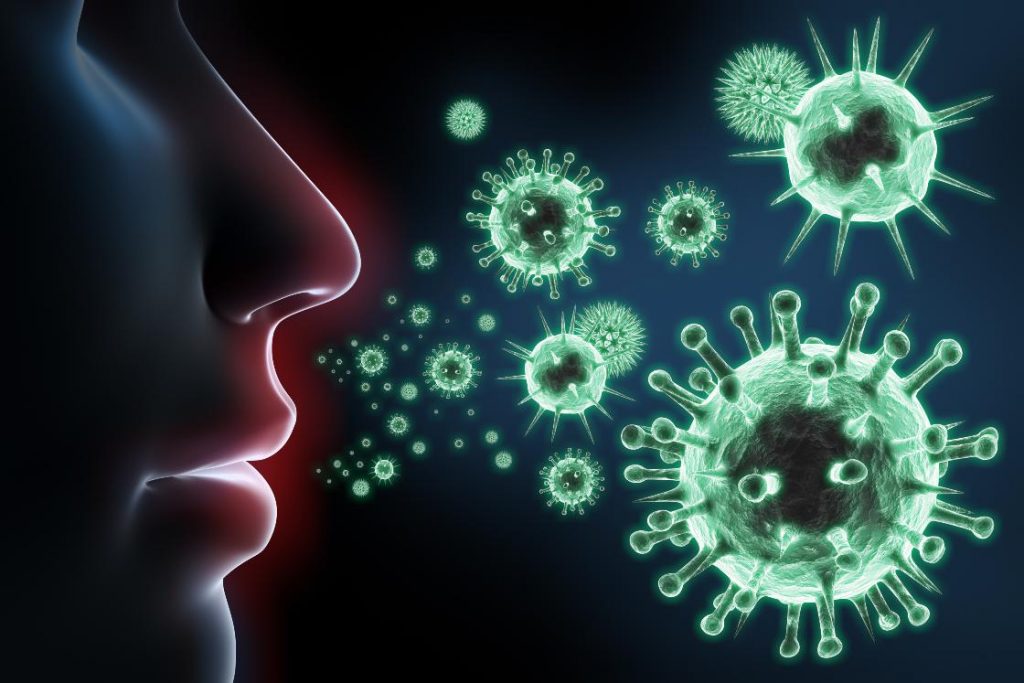
Pranayama is a holistic yoga practice to boost immune system efficiency. It comprises diaphragmatic breathing exercises which engage the entire digestive system that is home to almost 80% of immune tissue. In this way, practising deep pranayama breathing can improve the body’s immune response.
The immune system’s ability to provide resistance against infection and toxins gets reduced when we are stressed. Pranayama is effective in reducing stress and therefore boosts the immune system. Through pranayama, we expand each breath length to provide more oxygen in our blood and thus it activates the parasympathetic or ‘rest and digest’ nervous system.
A 2013 study discussed that controlled deep belly breathing may strengthen the body’s defences by changing the gene expression of certain immune cells.
Another study shows that yogic breathing exercises which include a conscious breath-retention part (called Kumbhaka in Sanskrit) can do change in genetic activity of white blood cells. Researchers show pranayama practice increases the number of white blood cells in the body which is part of the immune system that protects the body from infection.
5. Lowers high blood pressure
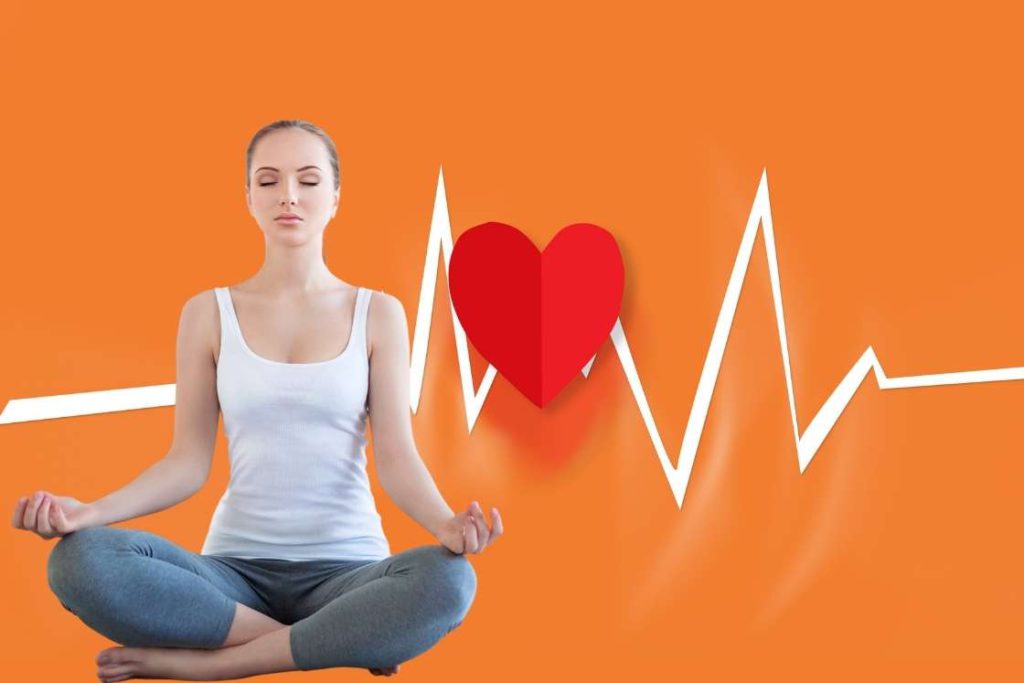
Slow and deep pranayamas can help lower high blood pressure or hypertension, even in patients with heart diseases.
Pranayamas mentioned below produce a cooling and calming effect on the body and mind thus reducing blood pressure:
When we do slow and deep pranayama exercises like Anulom Vilom, it sends the brain a relaxation signal which in turn slows down the heart rate. A decrease in the heart rate dilates blood vessels, reducing overall blood pressure.
In a 2009 study, slow pace bhastrika pranayama (respiratory rate 6/min) has significantly decreased both the systolic and diastolic blood pressure within 5 minutes of practice. The study concludes this pranayama has a strong tendency to improve the autonomic nervous system through enhanced activation of the parasympathetic system.
6. Improves digestion

Pranayama practice can aid in digestion by increasing the oxygen supply to the gut. More oxygen supply to the gut implies more blood flow and better intestinal strength which promote absorption and digestion of food.
When we practice slow diaphragmatic breathing like dirgha pranayama or full yogic breath before a meal (at least 3 hours before) it reduces tension in digestive organs’ muscles and keeps them active for upcoming food.
Moreover, other benefits of pranayama like reducing overall stress, boosting the immune system and improving the quality of sleep combinedly help the digestive system work effectively.
Regular pranayama practice can also help you with the management of chronic conditions like irritable bowel syndrome (IBS) and gastroesophageal reflux disease (GRD).
In a 2012 study researchers show that pranayama practice can help regulate the secretion of gastric acid and digestive enzymes. Pranayama also promotes the elimination part of the digestion process by getting rid of subtle metabolic wastes from the body through breathing.
7. Helps in weight loss
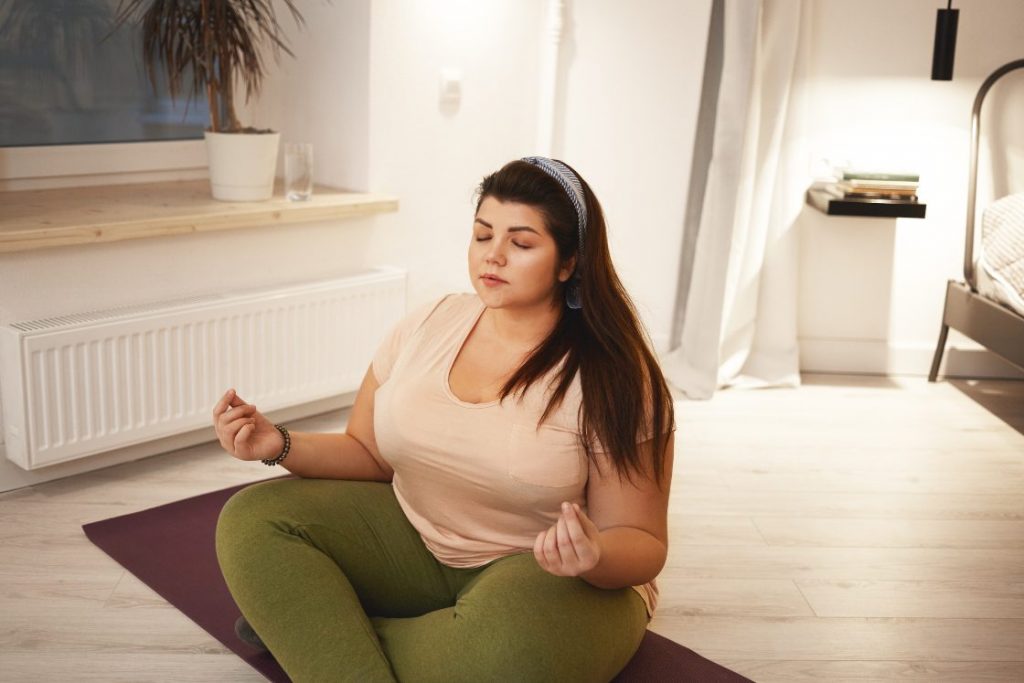
Fast pranayama breathing exercises like kapalbhati and bhastrika can be quite helpful in shedding belly fat. It comprises rapid stroke of the abdominal wall in and out with inhales and exhales. This process allows the body to exhale more CO2 and pumps oxygen through body cells.
In weight loss through pranayama exercises, most of the mass is breathed out as carbon dioxide from the body via the lungs. Moreover, increased oxygen supply boost metabolism which in turn helps in burning the belly fat deposited in your body.
A study published in the International Journal of Yoga, Physiotherapy and Physical Education suggests that the regular and guided practice of pranayama is effective in weight loss. The result of the study suggests that on practising pranayama for 6 weeks, there was a significant decrease in the Body Mass Index (BMI) and Waist-Hip ratio of participants.
8. Promotes better sleep
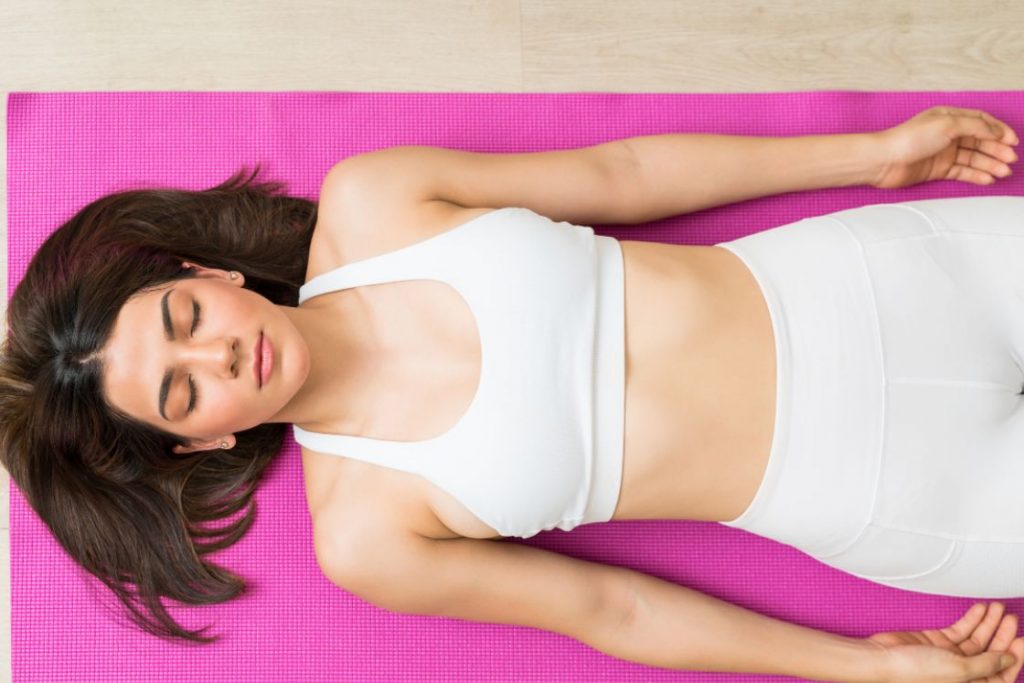
Pranayama breathing helps slow down the heart rate by activating the parasympathetic nervous system. It brings a relaxing effect on the body and mind which in turn promotes better sleep.
A 2019 study in European Respiratory Journal suggests that pranayama exercises can significantly decrease snoring and daytime sleepiness. It also improves the quality of sleep in people suffering from obstructive sleep apnea syndrome (OSAS).
According to a study, slow pace breathing pranayamas before going to bed prepares the body and mind for better sleep. It has an immediate effect on lowering blood pressure and heart rate. Moreover, it helps clear the mind from workplace negativity, tension, anxiety or emotional blockages that may restrict your sleep on time.
Pranayama at night should only be done at least 2 hours after having a meal. Start with 5 minutes of practise of deep abdominal breathing, also called Dirgha pranayama. It can be practised laying down on the bed. Place one of your hands on your stomach and one in Gyan mudra. With hand to stomach, feel the abdominal wall expanding and contracting with inhale and exhale.
Then do bhramari pranayama for 5 minutes sitting comfortably in a cross-legged posture.
Take a long inhalation through the nose, and on the exhalation create a humming sound from the throat. Keep inhalation and exhalation steady and slow. On the inhale, close your eyes and breathe through the nose; on the exhale close off the ears with the index fingers, keeping the eyes closed and make a humming sound with the voice.
9. Helps clear sinus congestion
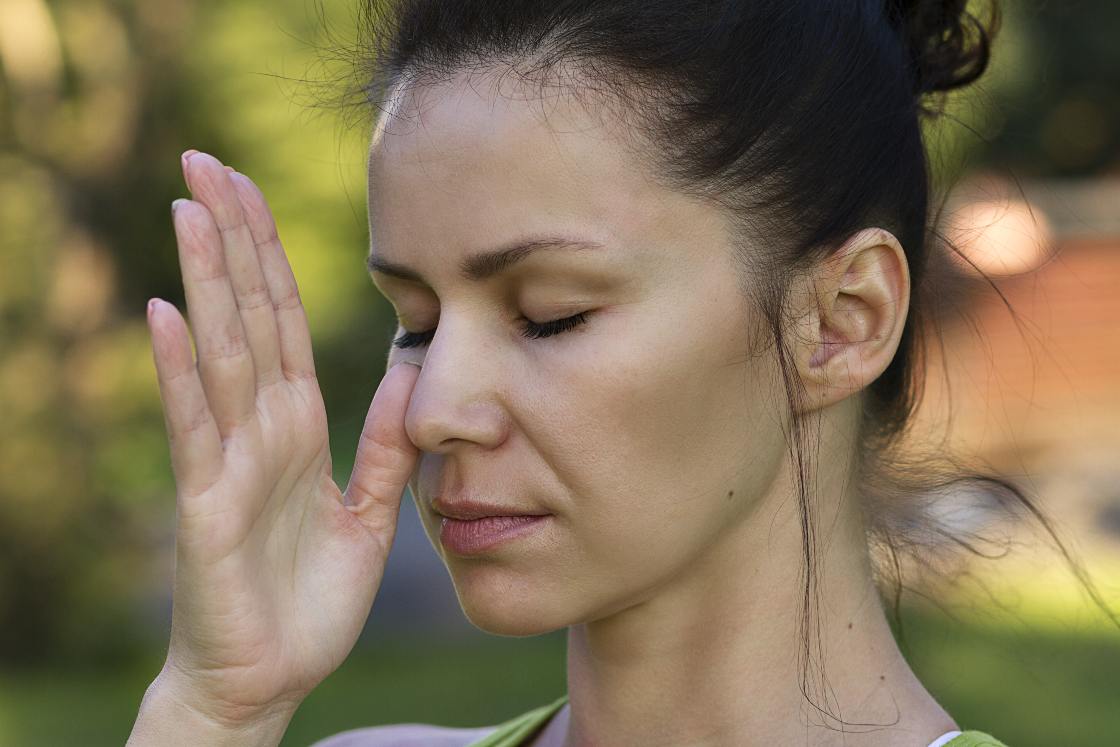
Pranayama like alternate nostril breathing helps to clear the blockages in the nasal cavity. Regular practice of it can keep nostrils free of allergies and enhance the filtering capacity toward the foreign element reducing inflammation.
The inflammation in the sinuses can cause throbbing headaches, nasal congestion, and running noses. Pranayama not only improves the ventilation but also acts on the proper drainage of the sinuses and in turn relieves the symptoms of sinusitis.
According to a study in Indian Journal of Otolaryngology and Head & Neck Surgery, Nasal breathing exercises of yoga show anti-inflammatory effects and reduce symptoms of Allergic Rhinitis.
Another study reported that practising neti, a yoga cleansing kriya, after breathing exercises can be an effective method to reduce symptoms of allergic rhinitis. Jala neti kriya comprises the use of a neti pot as a device for nasal irrigation to relieve the symptoms of sinusitis.
Pranayama techniques work for the sinus because it promotes balanced breathing through the nose which encourages the nasal passages to widen. In contrast to mouth breathing (that we often do unconsciously) nasal breathing exercises prevent mucus production and keep your airways free.
The humming sound of Bhramari pranayama acts as a sonic cleanser, a study in the International Journal of Yoga shows. It creates vibration in the air to move back and forth between the sinuses and nasal passages. This mechanism allows the clogged sinuses to ventilate and drain properly.
10. Helps to get glowing skin

Pranayama can be a wonderful exercise to get glowing skin.
According to the classical yoga text Hatha Yoga Pradipika, Pranayama is considered to be a purification technique for our body at many levels and layers.
Skin, the outermost layer in our body, needs oxygen to maintain its radiant glow and skin cells take this oxygen from the lungs. Practising slow and deep pranayamas allows the lungs to flush excess carbon dioxide from our body and replaces it with a rich supply of cell-energising oxygen. It can further oxygenate skin cells by incorporating body locks or bandhas and mudras in pranayama practice.
This process of oxygenation through pranayama promotes increased moisture in the skin and reduces the appearance of lines, wrinkles and other ageing symptoms. It also detoxifies the blood in our body which often is considered the cause of various skin diseases.
Yoga breathing techniques like Bhramari Pranayama and Bhastrika pranayama has positive effects on the facial skin. Bhramari pranayama with shanmukhi mudra and Jalandhar bandha (throat lock) is especially beneficial to supply ample oxygen to body cells, thus it glows the skin.
A 2013 study in the Indian Journal of Medical Research shows that as short as 7 days of regular pranayama practice can have a significant impact on skin health. There was an increase observed in the GSR (galvanic skin resistance) reading in participants doing regular pranayama. GSR is the measure of electrical activity in the skin which correspondence to the moisture level in the body.
11. Improves brain functions

Pranayama along with the combined practice of yoga asanas and meditation increases overall brain wave activity, grey matter volume in the amygdala and activates the frontal cortex. It also contributes to improving memory which has been seen in a study influencing the academic performance of the students.
Breath control or pranayama practice enhances the filtering capacity of the brain. It increases the passage of nanoparticles to the brain through the Blood-Brain Barrier and filters the unwanted toxic materials which we often inhale in the polluted environment.
Researchers in a study suggest uninostril yoga breathing such as Surya bhedana pranayama or right nostril breathing increases oxygenation and blood volume in the left part of the brain. It increases the prana energy in the body, the efficiency of the digestive system, and activates the sympathetic nervous system.
From this, it can be assumed practising opposite uninostril yoga breathing such as Chandra bhedna pranayama will affect the functions of the right part of the brain.
12. Helps grow spiritually
Breath control or pranayama is one of the main components of spiritual upliftment journey.
However, you can observe different physical or mental benefits from practising pranayama, the main goal of its practice is to control the breath and through breath control, prepare the mind for meditation and samadhi.
A yogi can achieve higher stages of samadhi only when the breath becomes effortless. Patanjali in Yoga Sutras explains pranayama makes the mind fit for Samyama – the combined practice of concentration (dharna), meditation (dhyana) and samadhi.
Pranayama through breath regulation lets you gain control over your body and mind. It promotes mindfulness, helps you be physically active, and cleanses all impurities and blockages through Nadis in our body. All of it leads to improving your mental health as well.
Spiritually pranayama benefits can be observed in the form of:
- A sense of inner bliss
- Increased mindfulness
- Less mind chatter and clarity in thoughts
- Feel connected with your inner-self
- Vairagya (detachment) feeling
FAQs
Normally 10 to 15 minutes of pranayama practice daily is enough to reap all its benefits. One should start with 20 minutes of asanas practice then do fast pranayama breathing like Kapalbhati, bhastrika and then end the session with anulom vilom or Nadi shodhan.
Pranayama increases the oxygen supply to the brain and activates brain centres which happen in a dormant state under normal conditions. It increases concentration power, emotion processing, attention, and awareness.
Mainly there are 8 classical pranayamas, known as Kumbhaka, mentioned in the classical yoga text Hatha Yoga Pradipika. However, today we practice more than 14 types of pranayamas in yoga.
Pranayama, like any other yoga practice, is best done in the early morning before sunrise during Brahma Muhurta. It can also be practised in the evening at dawn, provided empty stomach or 3 hours after a meal.





CAN YOU SUGGEST ANY PRANAYAMA AND/OR YOGA PRACTICES FOR HIGH BLOOD SUGER.
When I do anulom vilom pranayama, immediately my headache is increasing. Is there any solution for this? can you please tell me what is the reason for the headache?
I certainly can’t comment on what exactly causing a headache to you after Anulom vilom, but yes, some possible causes like improper technique or preparation, high blood pressure, wrong hours and extended practice may make you feel a headache. Check your blood pressure before practice and do not try to push your normal breathing during practice. And make sure your stomach is empty before commencing this practice.
EXCELLENT & SO ENLIGHTENING ARTICLE & RESEARCH !! THANK YOU VERY MUCH, DEAR DR. RISHITA CHANDRA. ¡MUCHAS GRACIAS!… CONGRATULATIONS.
Is it benificial for phobia’s..
I am doing Prayanama since June 2004. It is based on guidance from Baba Ram dev. I am 78
Nicely explained every aspect of pranayama benefits. Now I am well sure these miraculous breathing technique will definitely help me with digestion problem.
Very very useful information.
Madam,
I am 70 yr old and had Angioplasty for a block in the artery in Jun 2019. Taking medicines regularly.
Is it safe for me to practice pranayama (deep breathing), anulom vilom, kapala bhati (fast breathing).
Kindly advise
thank you
I would not prefer kapala bhati or any other fast breathing exercise if you recently had Angioplasty as it can raise your blood pressure which is not good for you.
Anulom vilom you can do at a very slow pace. it wouldn’t create any trouble for you.
I am doing pranayama since 2004. It is very good for health. It will boost immune system.
This is nice article and studied by various Scientific views
Nice effort. Neat explanation.
I would like to join ur yoga centre to cure cronic desease pl help
Hi there, right now we haven’t any centre to see the needed people. As soon as we do this, will notify you via email. Till then, take care & be safe.
Very well written article.. well done!!!
What to practise for the nervous system? With time reqd.per Pranayam In particular what will assist me to manage fibromyalgia some of the symptoms like low thyroid ,inflammation ,brain fog.Thankyou.
To soothe your nervous system, you can practice cooling breath like sitali & sitkari pranayama. Sorry about another part of your query, I am not understanding what you mean by “reqd.per”? If you can clear it, hope I’ll help you out then.
Thank you for this. I would love to know the science to back up the brain benefits listed in no 12 and no 14?
Pranayama is the art of breathing. When you breathe from the left nostril, it activates the right part of the brain and vice versa. It makes the brain calm and alerts simultaneously. So, disorders associated with the brain are less likely to affect if you are continuously practicing pranayama. Brain gets oxygen well and it helps to increase the grey matter same as oxygen enhances the growth of a plant.